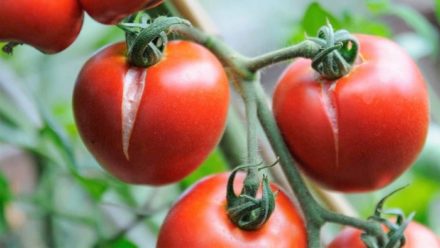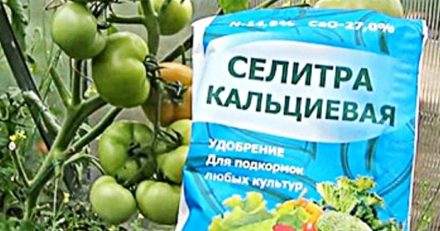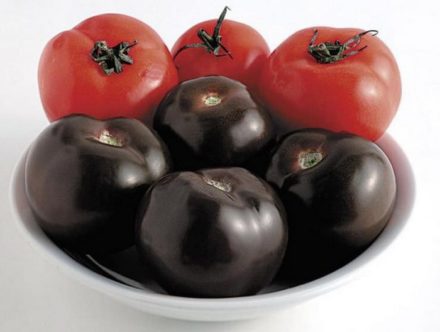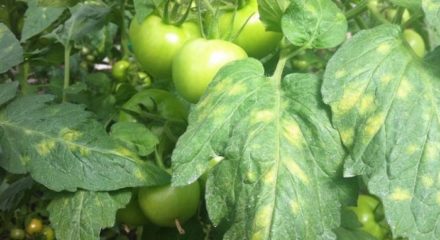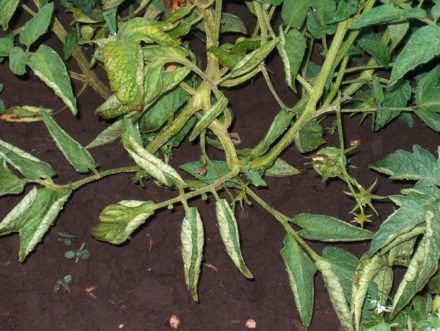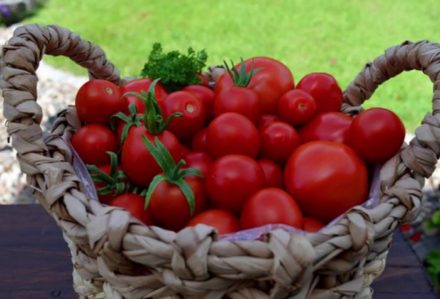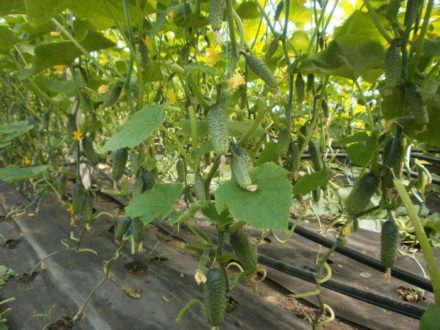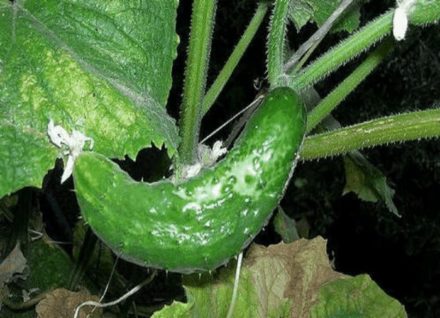When growing tomatoes, you always want to unlock the potential of the variety and get the largest fruits possible. The quality of the harvest depends directly on the conditions created and on how correct the care was. There are 5 secrets that gardeners can use to get large tomatoes with excellent taste.
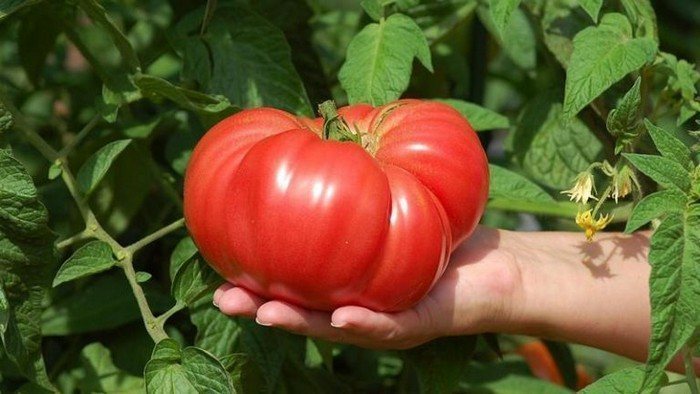
Proper watering
Watering needs to be paid attention to at all stages of growing tomatoes. The crop loves moisture, but the bushes need to be irrigated in a certain regime. Watering should not be too frequent and at the same time plentiful. In normal weather, you should go out to the ridge with a watering can once a week. 1 bucket of water is poured under each adult bush. In hot weather, watering is carried out more often - every 3-4 days.
Water should be poured directly into the root zone, avoiding the lower part of the stem and leaves. If droplets end up on tomatoes, there is an increased risk of developing late blight. Tomatoes should not experience a moisture deficit during the period of fruit formation and filling, otherwise the tomatoes will not be large enough.
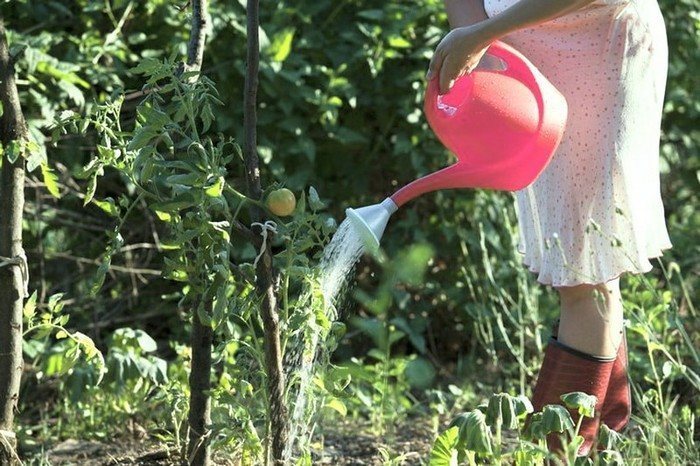
Suitable fertilizers
Summer residents can themselves provoke a deterioration in the quality of the crop if they continue to apply nitrogen fertilizers and manure after the start of flowering. As a result, the bushes will begin to grow green mass to the detriment of fruiting.Starting from the moment the buds form, phosphorus and potassium fertilizers are applied to the tomatoes (40 g of superphosphate and 15 g of potassium sulfate per 10 liters of water).
It is very good to feed with wood ash at this stage - one liter jar per 10 liters of water, leave for a day. Ash can also be added in dry form, adding 2 tbsp under each bush. spoons of fertilizer. In the future, this feeding can be repeated every 2 weeks.
Fertilizing with yeast also has a positive effect on fruit size. The solution is prepared from 1 pack of fresh yeast and 100 g of sugar per 3 liters of warm water. When the concentrate bubbles, it is diluted in a proportion of 1 glass per 10 liters of water and used for irrigation. This fertilizing improves the structure of the soil and stimulates the development of beneficial soil microflora. As a result, plants respond with increased root growth.
Fertilizing with boric acid has a good effect on fruit set and growth. It is carried out after flowering brushes appear on the bushes. For 10 liters of water, 2 tsp are consumed. boric acid, the composition must be thoroughly mixed, since the crystals slowly dissolve in water. The solution is applied to the leaves from a spray bottle in cloudy weather.
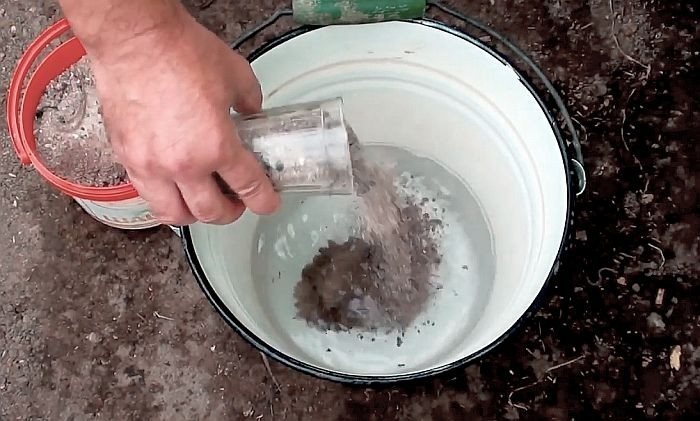
Formation of bushes
If you let the bush grow freely, there will be no large tomatoes on it. The plant will devote all its strength to the growth and development of extra shoots, stepsons, and leaves. In the greenhouse, tomatoes are formed into 3 stems; in an open garden bed, all excess is removed from the tomatoes, leaving 2 main shoots.
Every week in the lower tier of the bush, 2-3 leaves are removed until the first inflorescence. This should be done in the morning. While the cluster is forming, the leaves above it are not removed, as they provide nutrition to the fruits.At the same time, the shoots (shoots growing from the axils of the leaves) are removed from the tomatoes. They need to be pinched after reaching a length of 3–4 cm, leaving a small stump that prevents the appearance of stepchildren in this place in the future.
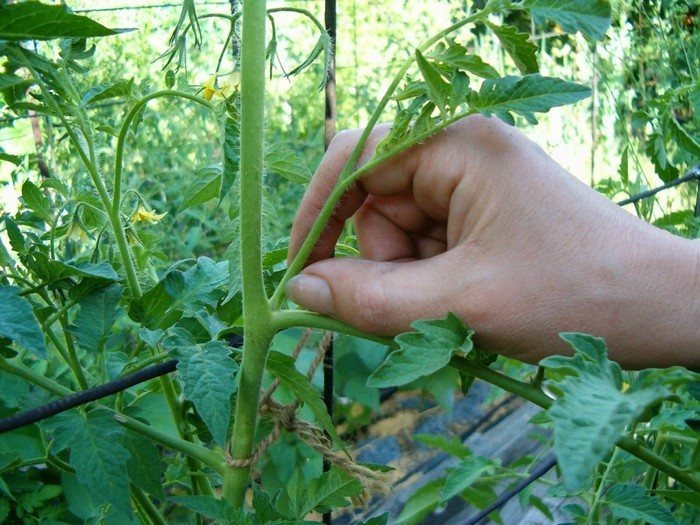
Timely hilling
Tomatoes are among the crops that can grow additional roots at the bottom of the stem. This property of the plant must be used to obtain large fruits. The more powerful the root system of tomatoes, the better it supplies the aboveground part with nutrients.
Hilling promotes the growth of additional roots. Their growth occurs at certain periods. You can determine the appropriate time for hilling by the appearance of characteristic pimples at the bottom of the stem. Each bush is hilled up with damp soil to a height of 5–7 cm. The second hilling is carried out after the color of the stem in the lower part turns bluish.
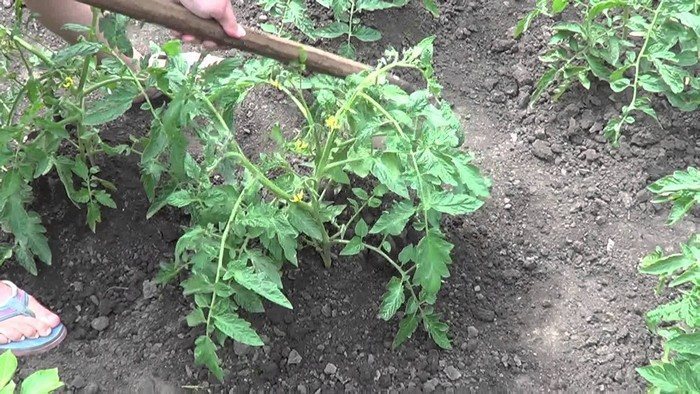
Maintaining a stable temperature
Maintaining a stable temperature regime in the open ground does not depend on summer residents. Here it is better to grow hybrid tomatoes that are resistant to adverse external factors. In the greenhouse, it is advisable to avoid temperature drops below 12 °C and extreme heat above 35 °C. Otherwise, the plants will experience stress, which will lead to the formation of small fruits.
To protect against the cold, tomatoes are covered with film, non-woven material, and buckets of hot water or heated bricks are placed in the greenhouse.Extremely high temperatures can be reduced by ventilation, whitewashing walls, watering paths with cold water, and using a sunscreen.

Caring for tomatoes is not difficult, but it must be done regularly to meet the plants' needs for moisture and nutrients. It is also advisable to spray the bushes for preventive purposes with a solution of iodine, garlic, potassium permanganate, and tobacco dust. Plant health greatly affects the quality of the harvest.


